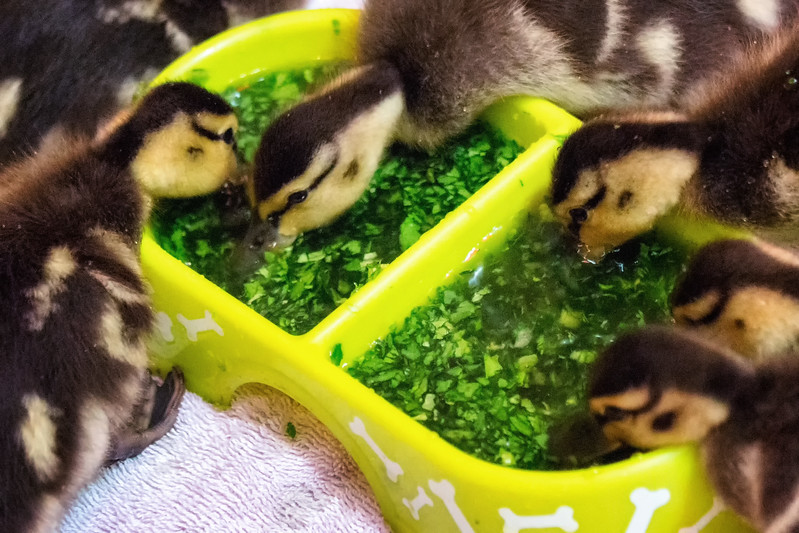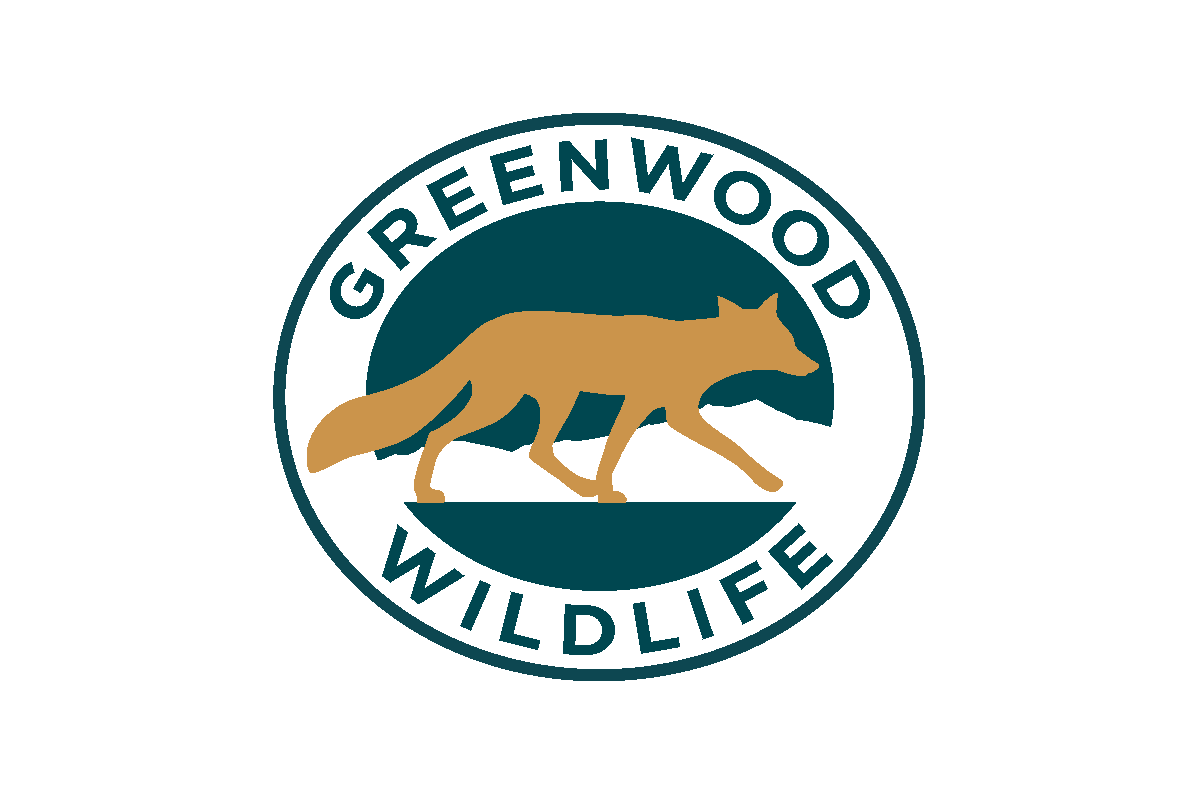What We Do
Greenwood Wildlife Rehabilitation Center is a nonprofit 501(c)(3) organization that is devoted to the rehabilitation and release of orphaned, injured, and sick wildlife. We are the largest wildlife rehabilitation center treating mammals, birds, and waterfowl in Colorado. We treat thousands of animals annually and over 200 different species have come through our doors since we were founded in 1982.
Greenwood does not have the appropriate permits to care for bats, skunks, rattlesnakes, mammals larger than coyotes, or birds of prey. We can, however, advise the public on situations with these animals and provide phone numbers of other rehabilitators in Colorado that do treat these animals.
What is Wildlife Rehabilitation?

The goal of wildlife rehabilitation is to provide professional care to sick, injured, and orphaned wild animals so they can ultimately be returned to their natural habitats. Those animals that sustain injuries or illnesses that prevent them from living successfully in the wild usually are euthanized – have their suffering ended in a humane fashion.
Wildlife rehabilitation is not an attempt to turn wild animals into pets. Patients are held in captivity only until they are able to live independently in the wild. Fear of humans is a necessary survival trait for wild animals and every effort is made to minimize human contact and prevent the taming of rehabilitation patients. Often, this is an elaborate and time-consuming process.
Wildlife rehabilitators work with veterinarians to assess injuries and diagnose a variety of illnesses. Rehabilitators must be able to administer triage the patient and consult the veterinarian. Because wild animals are so different from domestic animals, rehabilitators need extensive knowledge about the species in their care, including natural history, nutritional requirements, behavioral issues, and caging considerations. They also need to understand any dangers the animals may present to rehabilitators.

Federal law protects almost all birds; state laws protect most other kinds of wildlife. To work with mammals, reptiles, and amphibians, wildlife rehabilitators must be issued special permits from their state wildlife agencies. Before receiving their permits, they must meet various requirements such as specialized training, participation in mentorship programs, facility inspections, and written or oral exams. Rehabilitators who wish to care for birds must also get permits from the U. S. Fish and Wildlife Service. Once they receive their permits, conscientious rehabilitators continue their education by attending conferences, seminars, and workshops, by keeping up with published literature, and by networking with others in the field.
Because of their training, wildlife rehabilitators can help concerned people decide whether an animal truly needs help. Young birds and mammals should be reunited with their families if at all possible; rehabilitators are not equivalent replacements for biological parents. Rehabilitators can provide instructions for how to reunite wildlife families, keeping the safety of the animals and the rescuers in mind, and they can suggest humane, long-term solutions when conflicts arise between humans and their wild neighbors.
Source: National Wildlife Rehabilitators Association
How to Become a Wildlife Rehabilitator
If you are interested in becoming a wildlife rehabilitator, please contact the Colorado Parks and Wildlife.
If you would like to be involved with the patients at Greenwood, and see wildlife rehabilitation firsthand, you may wish to consider an internship or volunteering.
